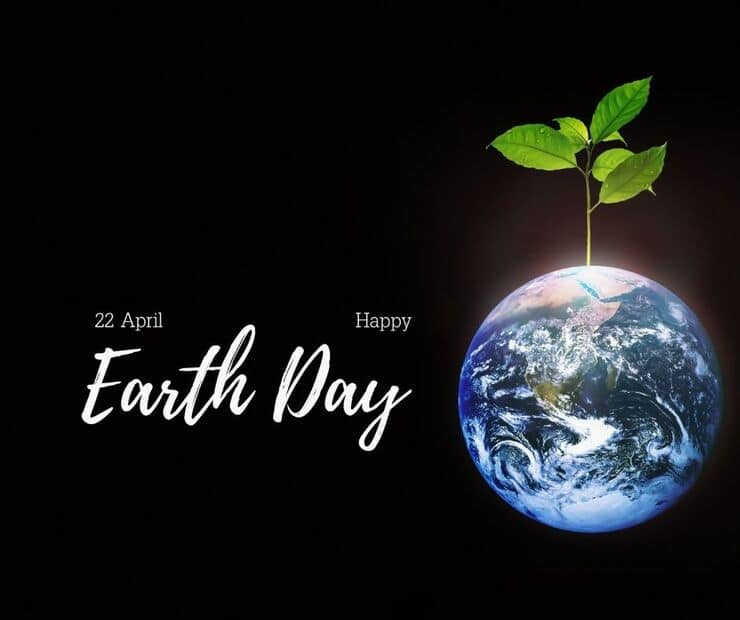
Since 1970, the United States has been acknowledging Earth Day every April 22nd. Twenty years later, in 1990, the movement became global. Today, more than 190 countries take part in gaining greater eco-conscious awareness. Every year, more than one billion people recognize this day of action. The purpose of the environmental movement has always been changing human behavior. This annual event continues to advocate for policies that implement more sustainable practices. Earth Day looks at ways to improve things at national, global, and local levels.
The need to look at the environment began with automobiles causing air pollution. Alarmingly, watersheds would also show a link between public health and contaminants. An oil spill in 1969 in Santa Barbara and the age of activism would put things into motion. A Senator and Congressman wanted to bring national attention to the cause. Denis Hayes, an activist, started organizing events at college campuses. The movement was created for all Americans regardless of background and age. The concept was named Earth Day, and in 1970, it inspired 20 million Americans (10% of the population at the time).
Demonstrations took place on campuses, streets, and parks, which grew ecological awareness nationwide. Many different groups were focusing on environmental issues at the time. Together, on Earth Day, they all organized as one. In 1970, there were many factors causing harm to the environment and humans. Groups were working to draw attention to certain areas, but soon all would unite. Pesticides were used across the United States, affecting workers and consumers. Industrial growth saw new infrastructure, including dumps, sewage, and power plants. With the construction of new buildings, deforestation negatively impacted wildlife. As more and more land was developed, energy resources caused significant pollutants.
The first Earth Day was successful, and by the end of 1970, the EPA was formed, and laws were passed. The legislature ended up saving humans and animals from extinction, disease, and death.
Some include:
- National Environmental Education Act
- Occupational Safety and Health Act
- Clean Air Act
- Clean Water Act
- Endangered Species Act
- Federal Insecticide, Fungicide, and Rodenticide Act
In 1990, Earth Day went beyond the U.S. to preserve the planet, with Hayes organizing again. The global movement began with 141 countries and 200 million people. Individuals, companies, and governments gained insight into what they could do. The push focused on recycling and showing how to pitch in and preserve the environment. Air pollution, especially from coal, was still a problem. In 1992, INHALE (National Healthy Air License Exchange) was founded. The organization worked with the EPA to slow the pace of climate change. Later, they changed their name to Clean Air Conservancy for their initiatives. The non-profit wanted to educate children on environmental threats. They created a book Clean Air Activities, for students to be more mindful. Eco-conscious lessons feature science, math, and economics that they will carry into adulthood.
For Earth Day in 2000, the campaign prioritized climate change and clean energy. The movement has continued over the past 22 years. The annual event has grown with more participants as time and technology advance. Social media and the internet allow activists to make their voices heard. Groups and advocates can easily call out for further action to be taken. EARTHDAY.ORG offers current information for those interested in learning more. The website shows current events and gives tips on protecting the planet. You can also download toolkits and other resources to start your own event. You can also stay up to date by signing up for their mailing list.
